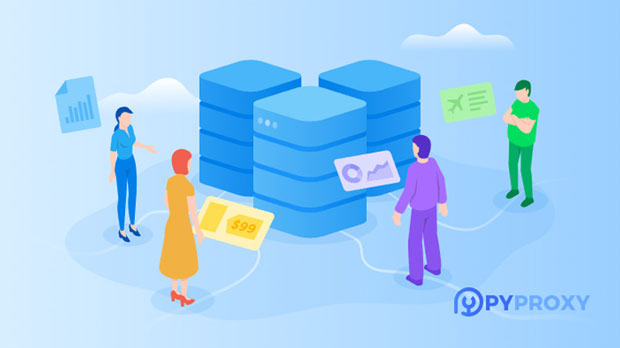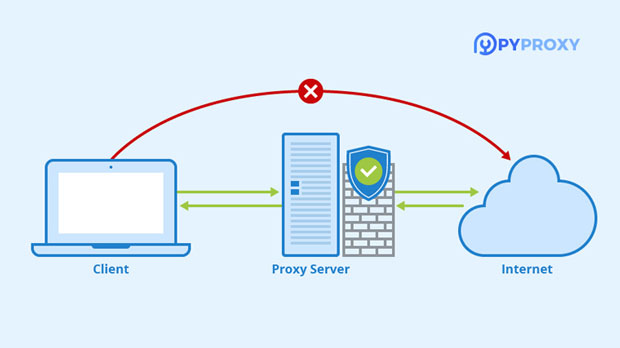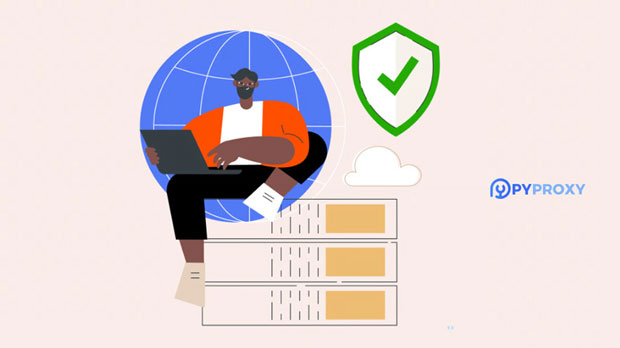When selecting the most suitable socks5 proxy for your website access requirements, it is important to consider several key factors that can significantly affect your internet browsing experience. sock s5 proxies are designed to facilitate anonymous browsing, improve security, and bypass geographical restrictions, making them highly useful for various online activities. However, not all SOCKS5 proxies are created equal, and choosing the right one depends on understanding your specific needs, such as security, speed, compatibility, and geographical location of servers. In this article, we will explore these essential considerations in detail, helping you make an informed decision. 1. Understanding SOCKS5 Proxy and Its AdvantagesBefore delving into the selection process, it’s essential to understand what SOCKS5 proxies are and why they are beneficial. SOCKS5 is a versatile proxy protocol that allows for a wide range of internet traffic to be transmitted through it, including HTTP, FTP, and even torrents. Unlike HTTP proxies, SOCKS5 does not alter or inspect the data passing through it, offering greater flexibility and anonymity.Key advantages of SOCKS5 proxies include:- Anonymity: SOCKS5 proxies hide your IP address, making it harder for websites and services to track your browsing activities.- Bypassing Geo-restrictions: SOCKS5 can be used to access websites that are blocked or restricted in specific countries.- Improved Security: By using a SOCKS5 proxy, your internet traffic is routed through a secure server, reducing the risks associated with unsecured public networks.Understanding these benefits is crucial in evaluating how a SOCKS5 proxy can enhance your browsing experience.2. Security Features: Privacy and ProtectionOne of the most important factors to consider when choosing a SOCKS5 proxy is security. SOCKS5 proxies are known for their ability to provide an anonymous and encrypted connection. However, not all proxies offer the same level of security. Here are some key security features to consider:- Encryption: While SOCKS5 itself doesn’t encrypt traffic, some proxies add an additional layer of encryption. Look for proxies that offer encryption options to protect your data from potential cyber threats.- No-logs Policy: Choose a provider that has a strict no-logs policy. This ensures that your online activities are not stored or tracked by the proxy provider.- Security Protocols: Ensure that the proxy service uses secure communication protocols, such as TLS/SSL, to further safeguard your data.By prioritizing security features, you can ensure that your browsing remains private and protected from cyber threats.3. Speed and Performance: Optimizing Your Internet ExperienceThe speed and performance of a SOCKS5 proxy can significantly impact your internet browsing experience. Slow proxies can result in delays, buffering, and reduced website loading times, which can be frustrating, especially when accessing media-heavy websites or streaming content. Here’s how to evaluate speed and performance:- Server Location: Choose a SOCKS5 proxy that has servers located close to your geographic location or the region you wish to access. This can minimize latency and improve speeds.- Bandwidth and Latency: Check if the proxy service offers high bandwidth and low latency, which are essential for fast browsing and seamless media streaming.- Server Load: Make sure the proxy service offers a sufficient number of servers to avoid heavy congestion. Overcrowded servers can slow down your connection.By selecting a proxy service that ensures fast and reliable performance, you can enjoy smooth and efficient browsing.4. Compatibility and CustomizationCompatibility is another critical consideration when choosing a SOCKS5 proxy. Not all websites or applications work seamlessly with all proxy protocols, so it is essential to ensure that the SOCKS5 proxy is compatible with your specific use case.Key aspects to evaluate include:- Device Compatibility: Ensure that the proxy service is compatible with all the devices you intend to use, such as desktops, smartphones, and tablets.- Application Support: If you plan to use the proxy with specific applications (e.g., web browsers, torrent clients), check if the proxy service is compatible with these platforms.- Customization Options: Some SOCKS5 proxies allow you to customize settings like authentication methods, connection ports, and proxy rules. This flexibility can be particularly useful for advanced users who require more control over their proxy usage.Choosing a SOCKS5 proxy with the right level of compatibility and customization will make it easier to integrate the proxy into your online activities.5. Server Locations and Geo-restrictionsThe geographical location of the proxy’s servers plays a vital role in determining the effectiveness of the SOCKS5 proxy for accessing region-specific content. Whether you want to unblock websites, access geo-restricted content, or improve connection speeds, server locations are crucial.Consider the following:- Wide Server Network: A diverse server network in multiple countries increases the chances of accessing region-blocked content and ensures better performance through local servers.- Specific Country Access: If you need access to content from a particular country (e.g., US-based streaming services or European websites), ensure the proxy service offers servers in that region.- Server Quality: The quality of the servers also matters. Opt for services with high-performance servers to avoid slow speeds and connection issues.A wide range of server locations gives you more options for bypassing geo-restrictions and enhancing your internet experience.6. Customer Support and ReliabilityCustomer support is an often-overlooked yet crucial aspect of choosing the right SOCKS5 proxy. In case you encounter issues or need assistance, responsive customer support can ensure quick resolutions.Here’s what to look for:- 24/7 Availability: Ensure that the proxy provider offers round-the-clock support, especially if you rely on the proxy for business or time-sensitive activities.- Multiple Support Channels: Look for providers that offer multiple support channels, such as email, live chat, and phone support.- Reliability and Uptime: A reliable SOCKS5 proxy should have minimal downtime. Look for a provider that offers a high uptime guarantee to avoid interruptions in service.Reliable customer support can save you time and frustration if any issues arise with your SOCKS5 proxy.7. Pricing and Payment OptionsPricing is always a critical factor when choosing any service, including SOCKS5 proxies. While cheaper options may seem appealing, they often come with limitations in terms of security, performance, and customer support. Consider these factors when evaluating pricing:- Free vs. Paid Proxies: Free SOCKS5 proxies might seem attractive, but they can pose security risks and lack adequate speed and performance. Paid services, on the other hand, offer better security, speed, and customer support.- Pricing Tiers: Many proxy providers offer different pricing plans depending on the level of service and number of features. Make sure to select a plan that matches your needs and budget.- Payment Methods: Consider the available payment options. Secure and anonymous payment methods, such as cryptocurrency, can be a plus for users who prioritize privacy.Make sure that the price you pay corresponds to the quality and features you receive in return.8. Conclusion: Finding the Right SOCKS5 Proxy for Your NeedsChoosing the right SOCKS5 proxy requires careful consideration of various factors, including security, speed, compatibility, server locations, and customer support. By understanding your specific needs and evaluating proxies based on these criteria, you can select a service that enhances your internet experience and meets your privacy requirements.Whether you're looking to bypass geo-restrictions, maintain anonymity, or improve browsing speeds, the right SOCKS5 proxy can make a significant difference in how you interact with the internet. Make sure to prioritize your needs and choose a provider that offers the best balance of performance, security, and value.
Apr 15, 2025
![arrow]()



























































